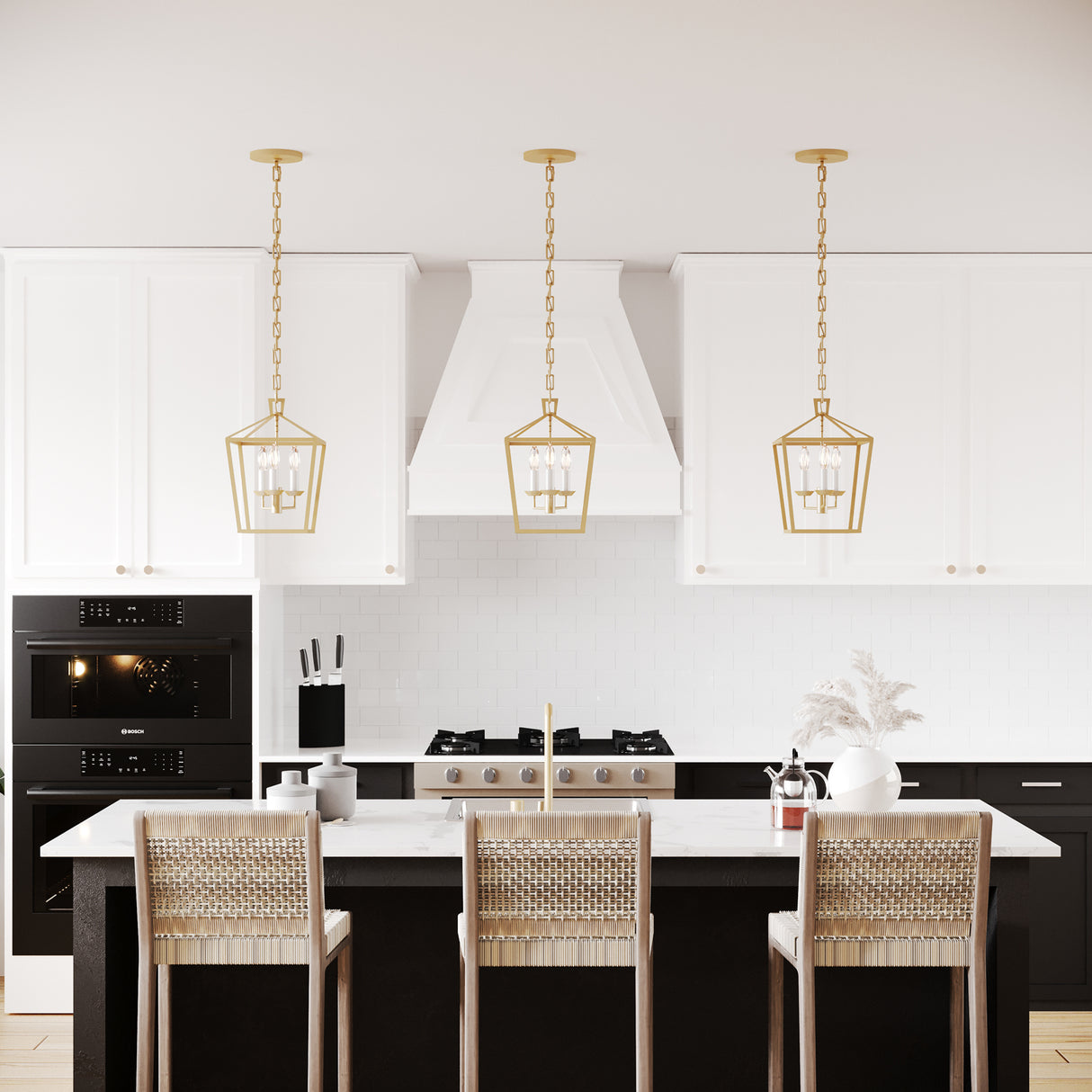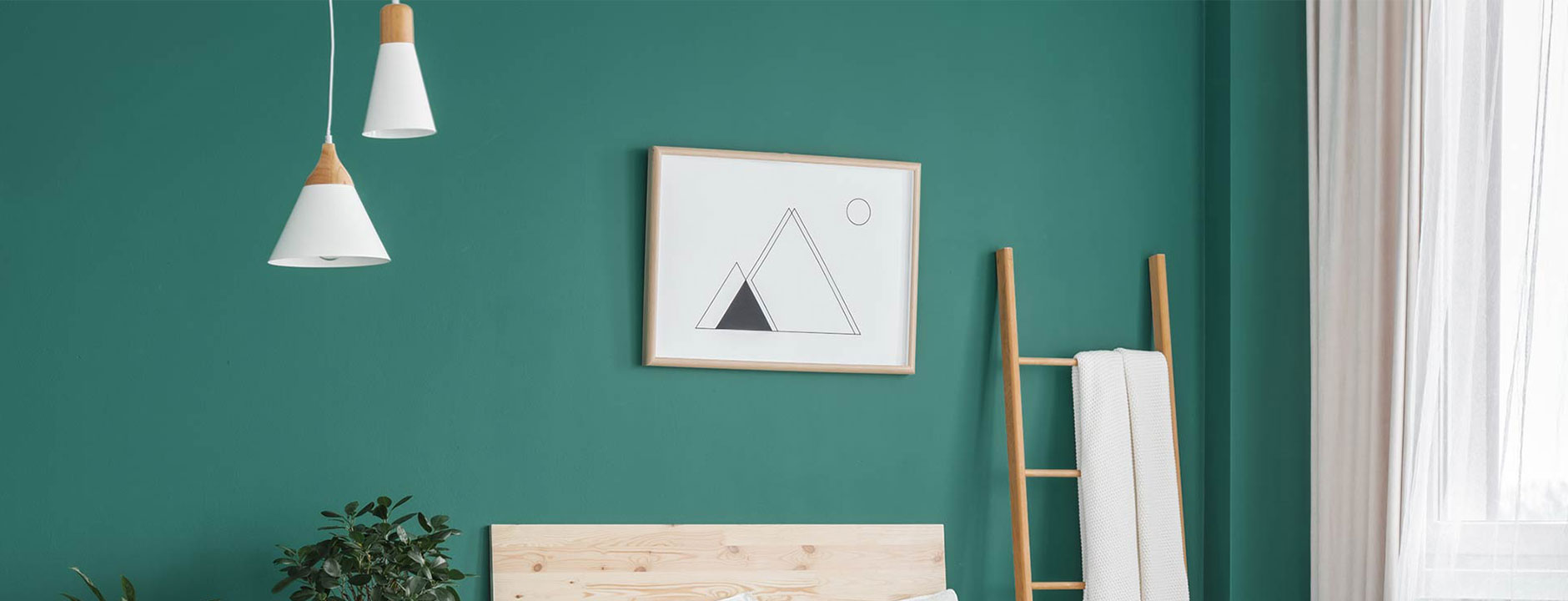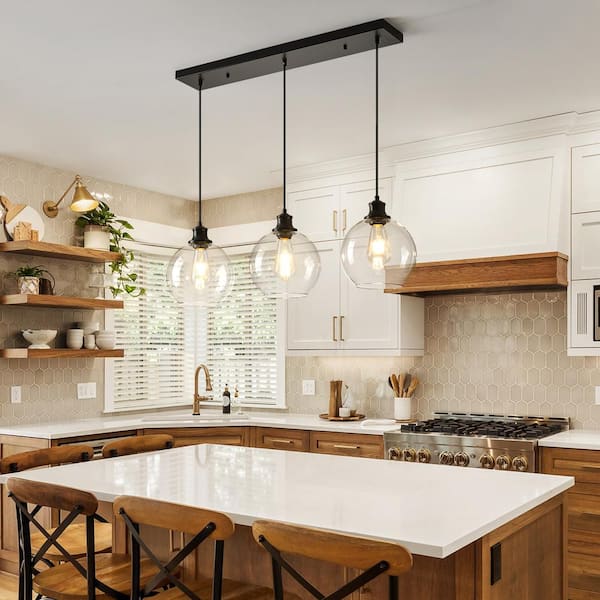A Comprehensive Overview to Installing and Preserving Your Necklace Light
Installing and maintaining a necklace light calls for mindful preparation and implementation. Proper elevation dimensions can improve both performance and design. Necessary tools and a clear installment procedure are essential for an effective setup. Routine upkeep guarantees long life and efficiency. Recognizing these elements can transform a space. Understanding where to begin might seem frightening. What steps should one prioritize to accomplish the very best outcomes?
Understanding Pendant Light Styles
While lots of house owners look for to improve their spaces with necklace lighting, recognizing the various designs offered is crucial for making an educated choice. Necklace lights can be found in a wide variety of layouts, each offering unique visual and useful advantages. Traditional necklace lights commonly include classic shapes and materials, such as glass or metal, supplying a classic appeal. Contemporary styles, on the other hand, may incorporate ingenious materials and bold colors to create striking focal factors.
Industrial-style necklaces often utilize raw materials like subjected bulbs and rustic finishes, suitable for lofts and modern-day settings. For an extra whimsical touch, vintage-inspired choices evoke nostalgia with complex details and retro coatings. Furthermore, minimal styles focus on simpleness and tidy lines, interesting those who favor downplayed style. Understanding these diverse styles enables homeowners to select pendant illumination that not just matches their style but also serves their useful lights needs efficiently.
Determining the Suitable Height for Your Necklace Light
Exactly how does one establish the best elevation for a pendant light? To accomplish the very best functionality and visual appeal, several elements need to be taken into consideration. Commonly, a pendant light should hang 30 to 36 inches over a table to guarantee ample illumination without blocking views. In spaces with high ceilings, the component may be positioned slightly higher to maintain symmetry.
For cooking area islands, an elevation of 28 to 34 inches over the counter top is typically suggested, enabling adequate light insurance coverage while maintaining an inviting environment. In living areas, the pendant ought to be hung at an elevation that complements the bordering decor and does not create a risk for individuals walking under it.
Eventually, individual preference and space dimensions play significant duties in determining the excellent elevation. Examining numerous elevations prior to final installation may aid achieve the preferred result and performance.
Devices and Materials Needed for Setup
Effective installment of pendant lights calls for a specific set of devices and materials to ensure a smooth procedure. Crucial tools consist of a screwdriver, cord stripper, and a drill, which facilitate safe and secure fixture add-on and correct electrical wiring. A voltage tester is critical for confirming safety and security by guaranteeing that power is off prior to starting any electric work.
In addition to tools, certain products are necessary for setup. These consist of the necklace light itself, electrical wiring, wire nuts for safe links, and installing equipment. A ceiling hook may likewise be needed, depending upon the fixture's design.
For included safety and ease, a ladder will aid in reaching high ceilings, while a level guarantees that the light hangs equally. Preparing these devices and materials in advance improves the setup procedure, making it much more efficient and efficient. Correct preparation is necessary to achieving an effective necklace light setup.
Step-by-Step Installment Refine
With the required devices and products gathered, the installation procedure for necklace lights can start. First, the power supply need to be transformed off at the circuit breaker to ensure safety and security. Next off, the mounting brace requires to be connected to the electric box in the ceiling. After securing it, the electrical contractor's tape should be used to cover any type of revealed cords.
Following that, the pendant light's wires are attached to the equivalent cords in the ceiling: black to black (or red), white to white, and eco-friendly or copper for ground. When the connections are made, they should be safeguarded with cord nuts.
The pendant light can then be affixed to the placing brace, making particular it hangs at the preferred height. The light bulb is inserted, and the power is transformed back on at the circuit breaker, allowing the brand-new pendant light to brighten the area.
Maintaining and Cleansing Your Pendant Light
What actions should be required to assure the longevity and visual charm of pendant lights? Routine upkeep and cleansing are essential in preserving their beauty and capability. Dust and dirt can accumulate on necklace lights, lessening their luster. To cleanse, a soft, lint-free cloth or microfiber towel need to be used, along with a mild cleaner suitable for the surface material - Pendant Light. For glass or crystal pendants, a glass cleaner can improve clearness without streaks
It is a good idea to transform off the light and enable it to cool before cleansing. In addition, inspecting the fixture for loosened bulbs or links occasionally assures security and optimal performance. Altering bulbs routinely protects against stress on electrical components if relevant. Finally, preserving a safe setting by preventing exposure to wetness can considerably extend the life of necklace illumination. Adhering to these actions will certainly maintain necklace lights looking their ideal while operating efficiently.
Troubleshooting Common Pendant Light Issues
When pendant lights breakdown, several common concerns might emerge, including flickering light bulbs, inaccurate setup, and voltage changes. Recognizing the source is vital for reliable fixing and making sure peak efficiency. Attending to these problems promptly can enhance the longevity and functionality of necklace illumination components.
Flickering Light Bulbs
Flickering light bulbs can be a source of disappointment for property owners, usually signaling underlying electrical concerns or simple upkeep demands. This sensation might originate from loose bulb connections, where the bulb is not safely fitted into the outlet, causing recurring get in touch with (Pendant Light). Furthermore, damaged or aging bulbs might flicker as they near the end of their lifespan. An additional common reason is irregular voltage, which can arise from problems within the electric system or straining circuits. Property owners need to also inspect for damaged electrical wiring, as this can cause flickering and present security threats. Prompt substitutes and routine evaluations are crucial to ensure correct functionality and to preserve a secure home setting. Determining the source promptly can prevent more complications

Inaccurate Installment Concerns
Improper installation of pendant lights can result in a variety of problems that may resemble those caused by flickering bulbs. Usual issues include loose circuitry links, which can interrupt the flow of electrical power and result in intermittent illumination. Additionally, if the placing bracket is not safely attached, the necklace might hang unevenly, creating an unpredictable fixture that can trigger vibrations or noise. Inaccurate bulb kinds or you can try this out wattage can additionally add to efficiency problems, as incompatible bulbs may not function effectively in the component. Poor spacing from the ceiling can develop darkness or decrease light distribution, lessening the intended impact of the necklace light. Recognizing and dealing with these setup errors is crucial for accomplishing correct capability and visual charm.
Voltage Change Problems
Although pendant lights can improve a space's atmosphere, voltage changes can bring about considerable performance concerns. These variations may cause flickering lights, minimized view website brightness, or also premature light bulb failure. To detect such issues, one ought to initially check the light's compatibility with the voltage supply. Making use of a multimeter can help gauge voltage levels and determine irregularities. It may be required to inspect the electrical system for loose connections or damaged wiring if voltage issues continue. In many cases, speaking with a licensed electrical contractor is advisable to assure safety and compliance with regional codes. Effectively resolving voltage fluctuations not just enhances the performance of necklace lights yet additionally expands their life expectancy and enhances total lights quality.
Enhancing Your Space With Pendant Light Positioning
Efficient necklace light placement can considerably enhance an area by adhering to optimal elevation standards, ensuring the best illumination level. Layering these lights with other sources can produce a well balanced atmosphere, highlighting centerpieces within the space. Attaining an unified look needs careful factor to consider of both the component's placement and its connection with bordering aspects.
Optimum Height Standards
When pondering the suitable elevation for necklace lights, a general standard suggests hanging them about 30 to 36 inches above a counter top or table surface area. This height permits optimum illumination while guaranteeing that the light does not obstruct views or produce threats. In dining locations, necklace lights need to be positioned to improve the dining experience, usually around 28 to 34 inches above the table. For kitchen area islands, keeping uniformity across multiple pendants can produce a natural look; spacing them uniformly and sticking to the advised height improves performance. It is vital to take into account ceiling height also, as higher ceilings might require modifications to maintain symmetry and visual appeal. Correct elevation positioning substantially adds to the general ambiance of a space.
Layering With Various Other Lights
As pendant lights are incorporated right into a wider lighting layout, they can significantly improve the atmosphere of a room. Their convenience enables them to be layered with ambient, task, and accent lights, creating a harmonious equilibrium. As an example, integrating pendant lights with recessed lights can offer basic lighting while highlighting specific locations. Task lighting, such as under-cabinet lights, can match pendants in kitchens, ensuring functionality without sacrificing style. Accent lights, like wall surface sconces, can even more improve the environment, accentuating artwork or architectural features. By strategically positioning these lights, home owners can achieve deepness and dimension, changing an average area into a magnificently illuminated establishing that caters to numerous activities and moods.
Focal Factors and Balance

Strategically put pendant lights can work as charming focal factors within a space, drawing the eye and enhancing the total aesthetic. When picking pendant lights, it is essential to think about their size, shade, and form to guarantee they complement the existing style. A vibrant, extra-large pendant can produce a striking focal point above an eating table, while smaller fixtures may work better in clusters to achieve a balanced look. Furthermore, placing necklace lights at varying elevations can include depth and aesthetic passion to the space. Maintaining equilibrium with other elements, such as furniture and wall surface colors, will certainly ensure that the pendant lights boost the area without frustrating it. Thoughtful positioning transforms the atmosphere, developing an unified and welcoming environment.
Often Asked Questions
Can I Install a Necklace Light in a Recessed Ceiling?
The question of whether a pendant light can be installed in a recessed ceiling usually develops. Generally, it is feasible with suitable installing hardware, making sure appropriate support and electrical links for secure and reliable installment.
What Kind of Bulb Is Ideal for Necklace Lights?
When choosing bulbs for necklace lights, LED choices are typically chosen as a result of their power performance and long life. In addition, the shade temperature should match the desired setting, with cozy white being a prominent choice for comfy settings.
Are Necklace Lights Safe for Outdoor Usage?

How Do I Select the Right Necklace Light Electrical Power?
Choosing the ideal pendant light power level entails evaluating the area's size, desired brightness, and fixture compatibility. Typically, lower wattages fit ambient lights, while greater electrical powers offer task lighting, guaranteeing capability and aesthetic charm.
Can I Utilize a Dimmer Switch Over With My Necklace Light?
The inquiry arose whether a dimmer switch can be made use of with a pendant light. Typically, if the lighting fixture and light bulb are suitable, a dimmer button can successfully enhance atmosphere and control illumination degrees.
When pendant lights breakdown, several common problems might occur, consisting of flickering light bulbs, incorrect setup, and voltage changes. Incorrect setup of necklace lights can lead to an array of problems that may appear like those created by flickering light bulbs. Poor spacing from the ceiling can create darkness or lower light distribution, diminishing the desired result of the necklace light. Efficient necklace more helpful hints light positioning can substantially enhance a space by sticking to suitable elevation standards, making certain the right illumination degree. When picking light bulbs for pendant lights, LED choices are often preferred due to their power efficiency and durability.